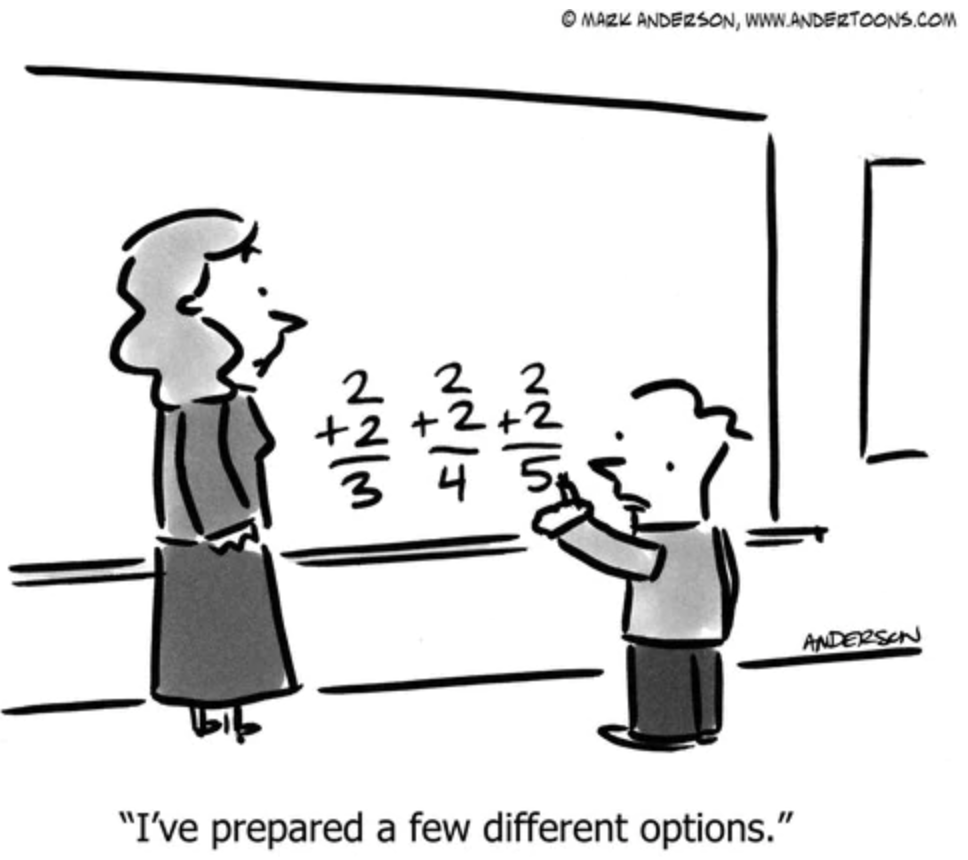Training People to Make Better Decisions
Have you ever wondered how to improve decision making in fast-paced, real world situations?
I’m often asked: “How can you train people to make better decisions?”
The way you train people to make better decisions depends on how you think people actually make decisions. According to Rational Choice Theory (RCT), the dominant theory on decision making for decades, this is how to make good decisions: First, gather and analyze all the relevant information. Then come up with several options. Then compare those options against each other according to some set of pre-established evaluation criteria. The option with the best aggregate score is your decision. This approach is appealing because it’s logical, straightforward—and documentable. (Tip: If “CYA” is important to you, RCT is the way to go.)

Training people to make good decisions using RCT is also pretty straightforward: Teach the procedure. If you start with good information and follow the procedure logically, RCT promises to lead you to the optimal solution. Consultants innumerable have made fortunes training executives to Follow the Steps.
But here’s the dirty little secret: The RCT doesn’t work—or, at least, when push comes to shove, people don’t use it. At least not in situations typically characterized by uncertainty, ambiguity, time pressure, high stakes, and ill-defined, shifting, and often competing goals. You know, the Real World.
Making decisions in the real world
The Naturalistic Decision Making (NDM) movement arose in the 1980s as an alternative to RCT to study how people make decisions in the real world. So, for example, how would you train people to make better decisions using Gary Klein’s Recognition-Primed Decision (RPD) model, one of the leading NDM models. According to the RPD, people make decisions by recognizing similarities to past experiences and leveraging their knowledge of those past experiences to conceive workable solutions. They don’t compare options against each other according to some arbitrary set of criteria: using their experience, they play each option out against the situation as a mental simulation, and they go with the first option that will work. They don’t optimize; they “satisfice,” to use the technical term.
You can’t teach the RPD by teaching the procedure, because there is no procedure. The process occurs naturally and intuitively. Because the RPD approach is based on experience, you don’t improve decision-making by improving the process; you improve decision-making by growing the experience base. The deeper the reservoir of experiences you have to draw from, the more different types of situations you will recognize—the more patterns you will recognize and the more variations on patterns you will recognize.
Components of decision skills training
So, the first—and essential—component of any decision skills training program is that it should be experiential and grounded within the domain in question. (Our experience suggests there is little value to generic decision training, although there may be some transfer between similar domains.) While direct experience may be the most powerful teacher, we have found that simulated experience (i.e., the use of training scenarios) and vicarious experience (i.e., learning from the experience of others) also can be very effective. We have also learned that a simulated experience does not have to have high physical fidelity to be effective—i.e., it does not have to reflect the physical world in great detail. A low-resolution simulation (like a simple decision-making exercise) can be just as effective as long as it has high cognitive fidelity—i.e., the decision it requires is realistic and challenging.
This leads to the second component of an effective decision skills training program: repetition. As in any exercise regimen, reps and sets matter. It is the repetitions that deepen the experience base. They build up the cognitive muscle memory if you will. In other words, you need a breadth of experience to be able to recognize different basic patterns, but you also ultimately need depth of experience to be able to recognize nuanced variations on those basic patterns.
The next key component is feedback, which accelerates the learning process. Experience alone may be a powerful teacher in the end, but it is an inefficient teacher. It may take us a number of repetitions to notice an important lesson, or we may initially even draw the wrong conclusion from our experiences. It helps considerably to receive tailored mentoring to help you get more out of the learning process—to point out the key insights you might otherwise miss, the potential flaws in your decision, or the key traps to avoid.
Next, the training should involve deliberate reflection on the key lessons. Requiring trainees to capture what they have learned in their own words—a process known in the literature as self-explanation—helps to internalize and consolidate the learning. Reflection can be accomplished through journaling or any other explanatory process.
The final element, which is an attribute of the training rather than a separate component, is that the training should be engaging. When people are engaged they become active participants in their own learning rather than passive receptors. If training is engaging, people will be more likely to stick with the training regimen. Experiential, scenario-based training tends to be more engaging than procedural training.
Summary
So, to come back to our original question: How do you train people to make better decisions? You develop an experiential, scenario-based training program based on varied repetition. You provide expert feedback to accelerate the learning curve. You require self-reflection to consolidate the lessons learned. And you make the training engaging.